Meta has taken a bold step forward in wearable technology with the launch of their Ray-Ban Display glasses, marking what could be the most significant evolution in smart eyewear since Google Glass. These $799 smart glasses represent Meta's most ambitious attempt yet to bridge the gap between traditional eyewear and augmented reality. You get an integrated display and a neural control interface that promise to change how we interact with digital information.
According to Engadget, this latest iteration tackles many of the roadblocks that kept smart glasses from going mainstream. Early testing shows both impressive feats and clear limits, yet the core tech proves that practical AR can live inside familiar frames. The device pushes Meta toward the front of the race to make AR as common as smartphones, even if the first-gen display makes the trade-offs tough to miss.
Are early adopters ready to embrace the future?
Early reviewers sound torn. Engadget admits many testers came away impressed by the tech and frustrated by the implementation. Classic first-gen tension, breakthrough ideas vs daily realities.
The $799 price cements the early-adopter vibe rather than mass appeal. Most reviewers agree the thick frames will be too much for everyday wear for many people, yet the underlying tech feels promising. Engadget concludes it is "An exciting first-gen product, if you can get past the thick frames."
When everything clicks, the experience can feel genuinely magical. The display surfaces the right info, the Neural Band nails the gesture, the AI delivers something useful, and suddenly the future feels close enough to touch.
Safety needs attention too. Engadget warns about situational awareness and driving hazards with an active display. Sensible guidance and guardrails will matter as the tech spreads.
What does this mean for the future of wearable tech?
The Meta Ray-Ban Display glasses are more than another product launch, they set a foundation for mainstream AR. The current limits block immediate mass adoption, yet the core idea works inside recognizable frames without giving up essential functions.
Road to VR suggests Meta made smart design calls that should pay off as components shrink and software grows up. The company's goal of packing full AR into similar glasses looks more plausible after this first pass. Prioritizing social acceptance with discrete optics and a familiar look gives the platform room to evolve.
The Neural Band, still imperfect and requiring some training, points toward hands-free computing that avoids big public gestures or constant voice commands. Future versions may add eye tracking, Road to VR notes, enabling look-and-pinch navigation that could further cut social friction.
Early adopters who can accept the trade-offs will find real utility, especially in photography help, AI-assisted info, and hands-free communication. Even the camera preview alone makes a case for creators who want better framing control. The AI feels promising despite the narrow app list, a sign of what fuller platform support could unlock.
Mass appeal will wait on a few big upgrades, frames closer to normal glasses, all-day battery life, and a broader app ecosystem that lets the display earn its keep. The trajectory points there, though patience may decide how quickly the market follows.
The Meta Ray-Ban Display glasses clear the most important bar, they prove the concept works. Useful AR can live in familiar eyewear, gesture control can stand in for traditional inputs, and AI can offer value instead of novelty. They are not ready for everyone yet, but the path forward for wearable computing is clearer than it has been in years.




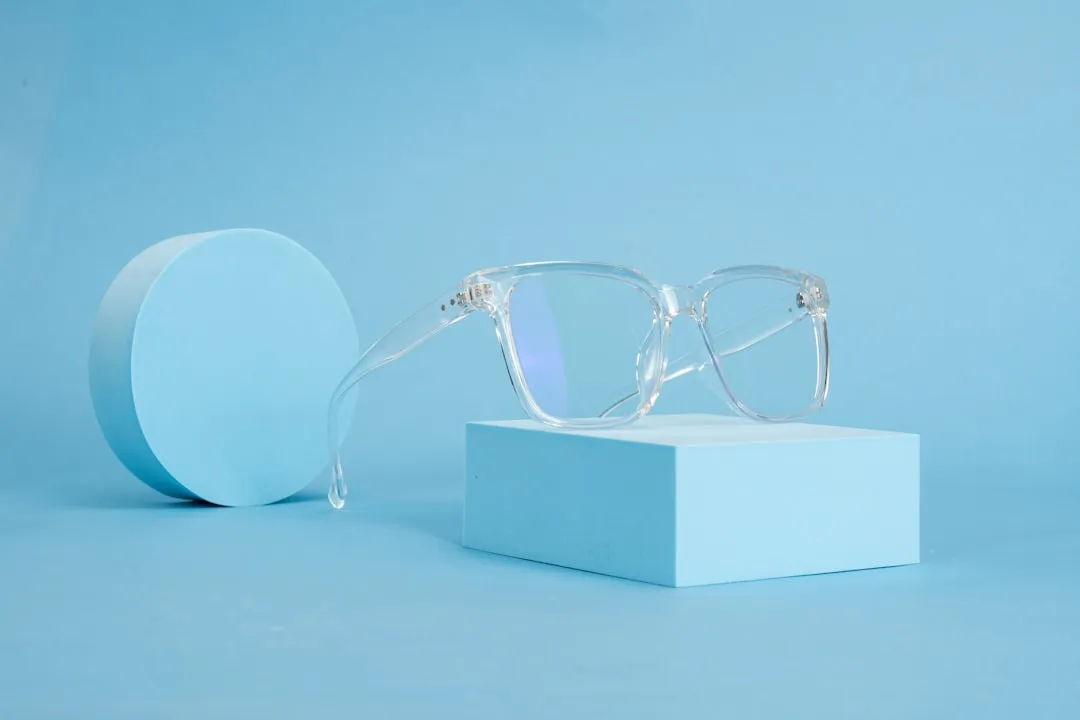


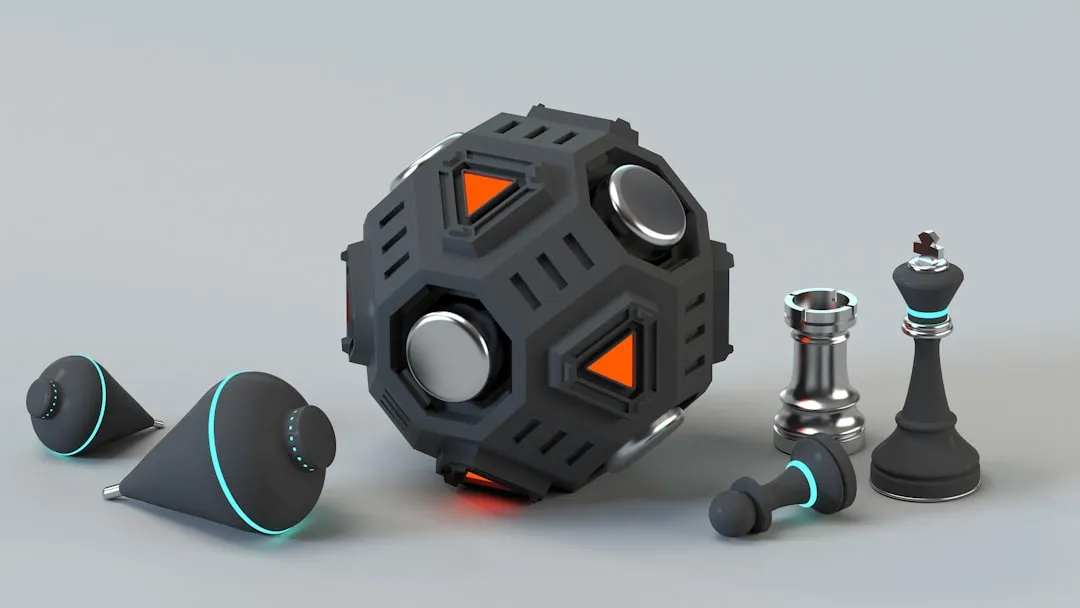

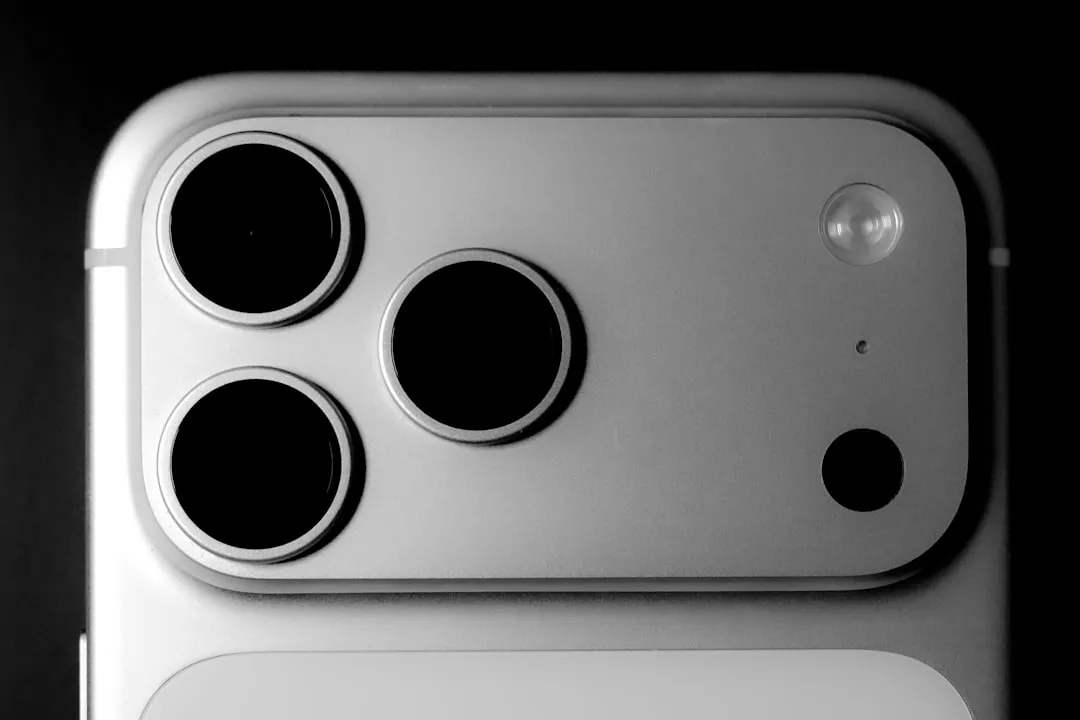




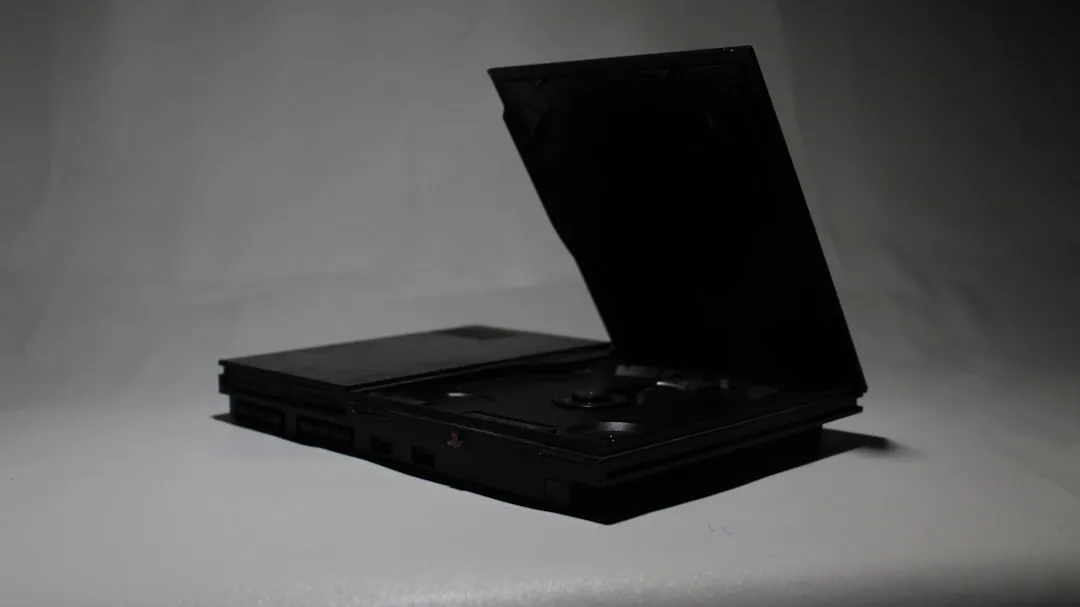




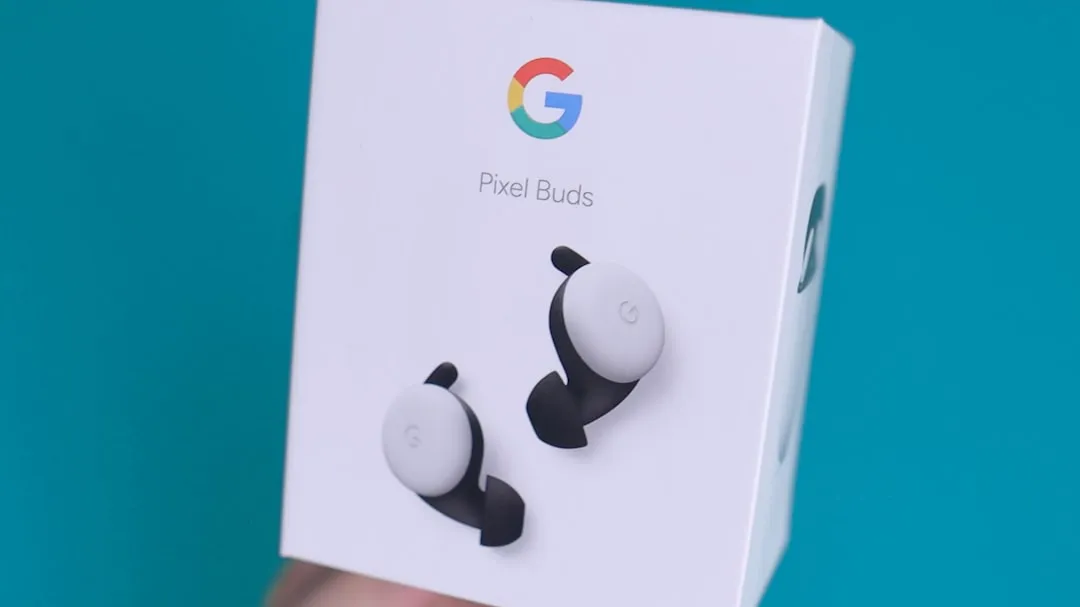

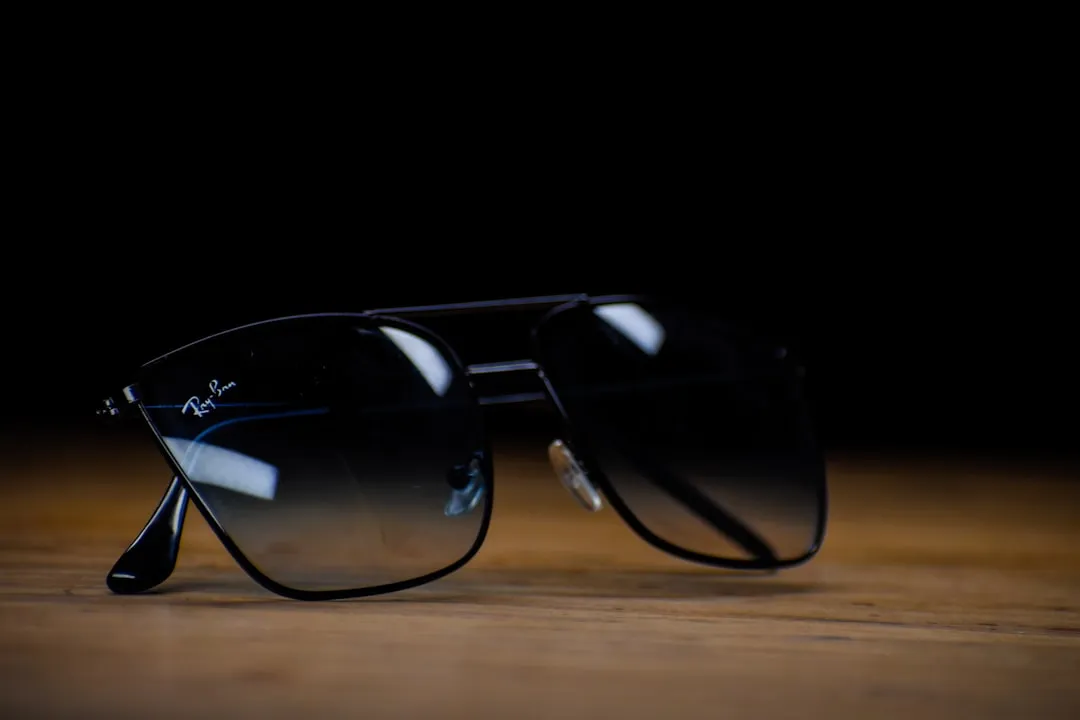
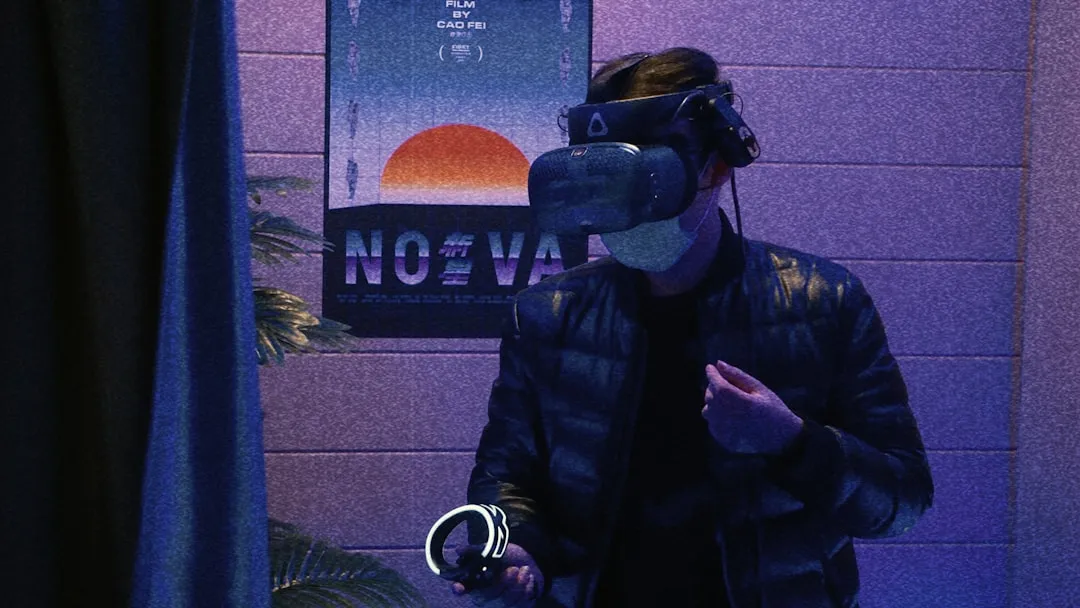
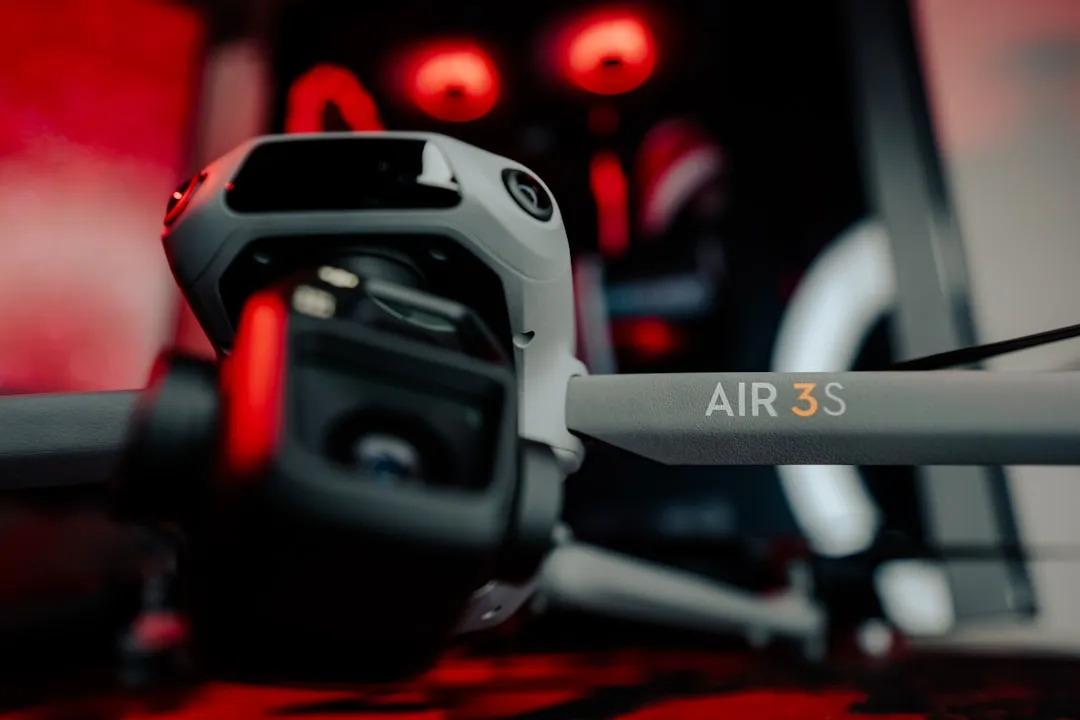

Comments
Be the first, drop a comment!